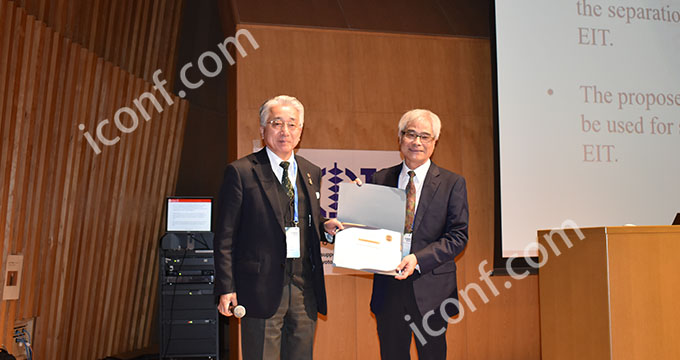

243 views||Release time: Jan 03, 2025
Citation analysis is a crucial metric in evaluating the academic impact of Science Citation Index (SCI) papers. It reflects how often a paper is referenced in other research, serving as an indicator of its relevance and contribution to the field. In this guide, we’ll discuss methods for analyzing citation rates and actionable strategies to improve the visibility and influence of your work.

The number of citations a paper receives is a direct measure of its scientific influence. High citation rates often correlate with a paper's significance in advancing its field.
Citation rates contribute to a researcher’s h-index, an important metric for academic evaluations, promotions, and funding opportunities.
Many journals use citation rates to calculate their impact factors, a critical measure of journal quality.
Reliable platforms such as Web of Science, Scopus, and Google Scholar provide detailed citation metrics for SCI papers.
Analyze the citation network of your paper to identify key researchers and institutions that cite your work. This can reveal collaboration opportunities.
Compare your citation rates to similar papers published in the same journal or field to understand relative performance.
Software like VOSviewer and CiteSpace can visualize citation networks and identify emerging trends in your research area.
Write a clear and descriptive title and abstract that accurately reflect the study's focus. Use keywords that are commonly searched in your field.
Select journals with a strong impact factor and broad readership in your discipline to maximize visibility.
Co-authoring papers with established researchers can boost the credibility and reach of your work.
Publishing in open-access journals increases the likelihood of your paper being freely accessible and widely cited.
While self-citation can help in initial visibility, excessive self-citation is viewed negatively and can harm credibility.
Avoid journals with poor reputation and questionable indexing, as they typically do not attract quality readership.
Failing to promote your research reduces its chances of being noticed and cited.
Most papers receive the majority of their citations within the first 3-5 years after publication. Analyze this trend to understand how your work is performing.
Certain types of research, particularly foundational studies, may continue to accrue citations over decades. Aim for timeless relevance.
Improving the citation rate of SCI papers requires a combination of high-quality research, strategic dissemination, and active engagement with the academic community. By leveraging citation analysis tools and promoting your work effectively, you can significantly enhance the visibility and impact of your research.
For more tips on succeeding in academic publishing, visit iconf.com.